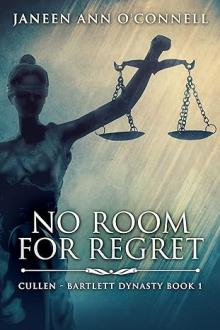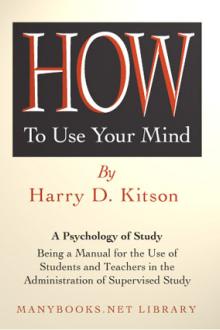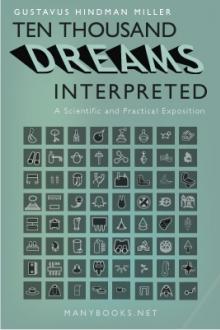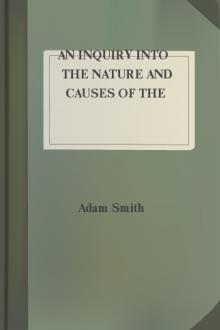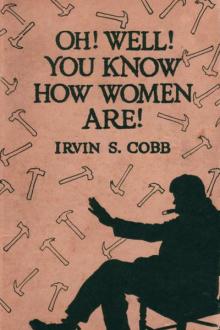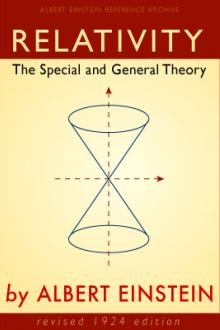Is civilization a disease?
Is civilization a disease?
Book Excerpt
ate homage. Nor do they omit to direct His attention to His own image set up in the places of highest honor. But still, according to our dynamic sociologist:--
... wherever his steps they led, The Lord in sorrow bent down His head, And from under the heavy foundation stones The Son of Mary heard bitter groans.
And in church and palace and judgment-hall, He marked great fissures that rent the wall, And opened wider and still more wide As the living foundations heaved and sighed.
"Have ye founded your thrones and altars, then, On the bodies and souls of living men? And think ye that building shall endure Which shelters the noble and crushes the poor?"
* * * * *
Then Christ sought out an artisan-- A low-browed, stunted, haggard man, And a motherless girl, whose fingers thin Pushed from her faintly Want and Sin.
These set He in the midst of them, And as they drew back their garment-hem For fear of defilement, "Lo, here," said He, "The images ye have made of Me!"
To
FREE EBOOKS AND DEALS
(view all)Popular books in Non-fiction
Readers reviews
1.0
LoginSign up
Stanton Coit’s essay Is Civilization A Disease? first appeared in 1917 as part of the Barbara Weinstock Lectures on The Morals of Trade and delivered at the University of California.
It is difficult to boil Coit’s philosophy down to a simple soundbite, but if I may try, Coit believed that civilization was defined as the exercise of power of the mighty few over the weaker many. This state of affairs came about by the discovery, believe it or not, first of speech, followed by the discovery of fire, arrows, earthenware, the domestication of animals, and finally, the smelting of iron.
Now Coit was not alone in his belief that humanity’s breakthrough in walking upright and speech was the downfall of the species. Some years previously, Edward Carpenter (1844-1929) wrote Civilization: Its Cause and Cure (also available on ManyBooks.net) which advised people to return to nature by becoming the 19th century versions of sandal-weaving, philosophy-spouting hippies.
Coit believed that once people had tasted civilization, it was impossible to turn back the clock like Carpenter desired to do. Therefore, the entire world was to follow the example of the United States that promoted the equality of humanity regardless of gender, race, creed, or personal wealth. However, to make everything even better, the distribution of wealth, the ethical operation of trade and commerce, should be conducted by elected men and women who, while in office, were given absolute power including the use of eugenics to make sure the world population never grew beyond a certain number and that genetic undesirables were never given a chance to bear children.
Sitting in the fading first decade of the 21st century, today’s readers will be anywhere from amazed to appalled at Coit’s misplaced idealism, but first it is important to understand that he writes after the end of the first World War. Born in 1857, Coit died in 1944 at the age of 87, in the closing years of World War II, and this reviewer especially is interested if his religious humanism survived the horrors of Nazism and the deaths of millions of people, or, heaven forbid, he would have found in the horrors of the Nazi death camps his own ultimate solution to the disease of civilization.
It is difficult to boil Coit’s philosophy down to a simple soundbite, but if I may try, Coit believed that civilization was defined as the exercise of power of the mighty few over the weaker many. This state of affairs came about by the discovery, believe it or not, first of speech, followed by the discovery of fire, arrows, earthenware, the domestication of animals, and finally, the smelting of iron.
Now Coit was not alone in his belief that humanity’s breakthrough in walking upright and speech was the downfall of the species. Some years previously, Edward Carpenter (1844-1929) wrote Civilization: Its Cause and Cure (also available on ManyBooks.net) which advised people to return to nature by becoming the 19th century versions of sandal-weaving, philosophy-spouting hippies.
Coit believed that once people had tasted civilization, it was impossible to turn back the clock like Carpenter desired to do. Therefore, the entire world was to follow the example of the United States that promoted the equality of humanity regardless of gender, race, creed, or personal wealth. However, to make everything even better, the distribution of wealth, the ethical operation of trade and commerce, should be conducted by elected men and women who, while in office, were given absolute power including the use of eugenics to make sure the world population never grew beyond a certain number and that genetic undesirables were never given a chance to bear children.
Sitting in the fading first decade of the 21st century, today’s readers will be anywhere from amazed to appalled at Coit’s misplaced idealism, but first it is important to understand that he writes after the end of the first World War. Born in 1857, Coit died in 1944 at the age of 87, in the closing years of World War II, and this reviewer especially is interested if his religious humanism survived the horrors of Nazism and the deaths of millions of people, or, heaven forbid, he would have found in the horrors of the Nazi death camps his own ultimate solution to the disease of civilization.
- Upvote (0)
- Downvote (0)
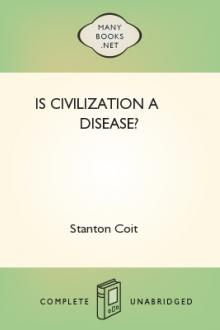
 Free Download
Free Download

